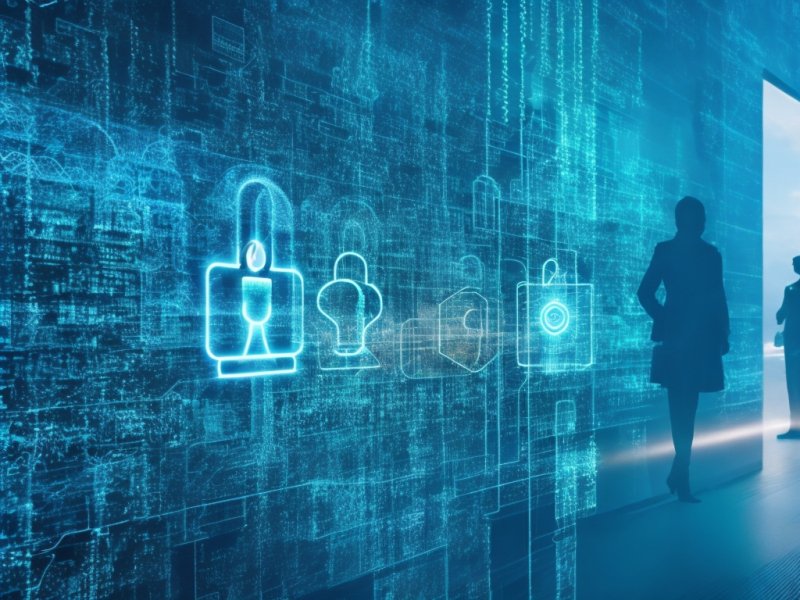
Introduction:
In today's interconnected world, where technology permeates every aspect of our lives, ensuring robust cybersecurity measures has become more crucial than ever. The digital age has brought unprecedented convenience and opportunities, but it has also given rise to sophisticated cyber threats that can compromise personal data, disrupt businesses, and even threaten national security. This blog aims to delve into the latest threats that individuals and organizations face in the digital landscape, and explore strategies for protection to safeguard against these evolving risks.
1. Understanding the Latest Cyber Threats:
The cyber threat landscape is constantly evolving, with threat actors employing increasingly sophisticated techniques to exploit vulnerabilities. Some of the latest threats include:
a) Ransomware Attacks: Ransomware has emerged as one of the most prevalent and damaging threats in recent years. Cybercriminals encrypt sensitive data and demand ransom payments in exchange for its release, causing significant financial and operational disruptions.
b) Phishing and Social Engineering: Phishing attacks continue to be a major concern. Cybercriminals use deceptive tactics, such as fraudulent emails and websites, to trick individuals into revealing sensitive information or performing malicious actions. Social engineering techniques, like impersonation and manipulation, are also widely employed to gain unauthorized access.
c) Internet of Things (IoT) Vulnerabilities: The proliferation of IoT devices has expanded the attack surface for cybercriminals. Weak security measures and lack of updates make these devices attractive targets, potentially leading to breaches that compromise personal privacy and even physical safety.
d) Supply Chain Attacks: Threat actors are increasingly targeting software supply chains to infiltrate trusted applications. By compromising a supplier's infrastructure or injecting malicious code, attackers can compromise the integrity of software updates, affecting numerous organizations and their users.
2. Strategies for Enhanced Cybersecurity:
To combat these evolving threats, organizations and individuals must adopt proactive strategies to strengthen their cybersecurity defenses. Here are some essential strategies:
a) Regular Software Patching and Updates: Keeping all devices and software up to date with the latest security patches is crucial. Updates often include critical fixes to vulnerabilities identified by developers, reducing the risk of exploitation by threat actors.
b) Multi-factor Authentication (MFA): Implementing MFA adds an extra layer of security by requiring multiple forms of verification to access accounts or systems. This helps mitigate the risk of unauthorized access, even if passwords are compromised.
c) Employee Training and Awareness: Human error remains one of the weakest links in cybersecurity. Regular training sessions and awareness programs can educate employees about potential threats, such as phishing, and teach them best practices for secure online behavior.
d) Data Encryption and Backup: Encryption ensures that sensitive data remains protected, even if it falls into the wrong hands. Additionally, regular backups of critical data should be maintained to mitigate the impact of ransomware attacks or other data breaches.
e) Network Segmentation and Access Controls: Implementing network segmentation and granular access controls can limit the lateral movement of attackers within a network. This helps contain the impact of a potential breach and restrict unauthorized access to sensitive systems or data.
f) Incident Response Planning: Developing a comprehensive incident response plan is essential for efficient and effective mitigation of cyber threats. This plan should outline the steps to be taken in the event of a breach, including communication protocols and the involvement of relevant stakeholders.
Conclusion:
As the digital age advances, cybersecurity must remain a top priority for individuals and organizations alike. By staying informed about the latest threats and implementing robust protection strategies, we can minimize the risk of cyber attacks and protect our digital assets, personal information, and overall well-being. Embracing a proactive and multi-layered approach to cybersecurity is key to ensuring a secure digital future for all.
Share This News